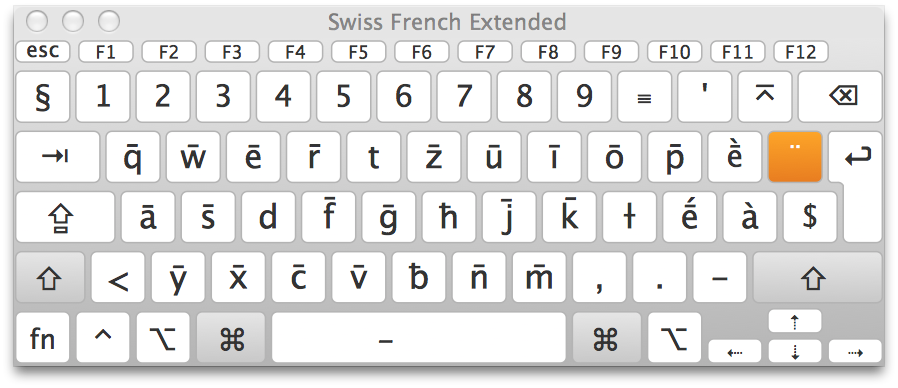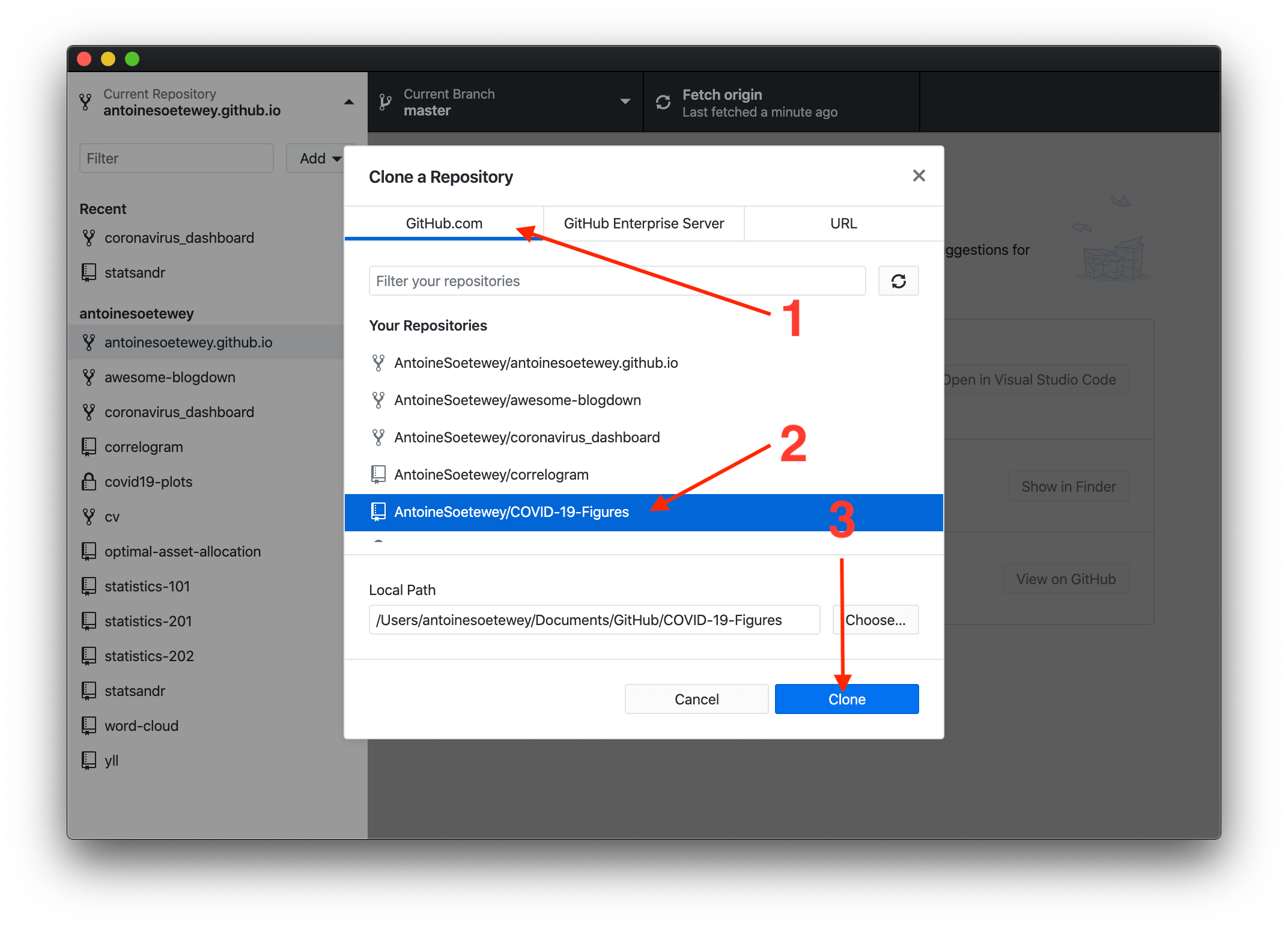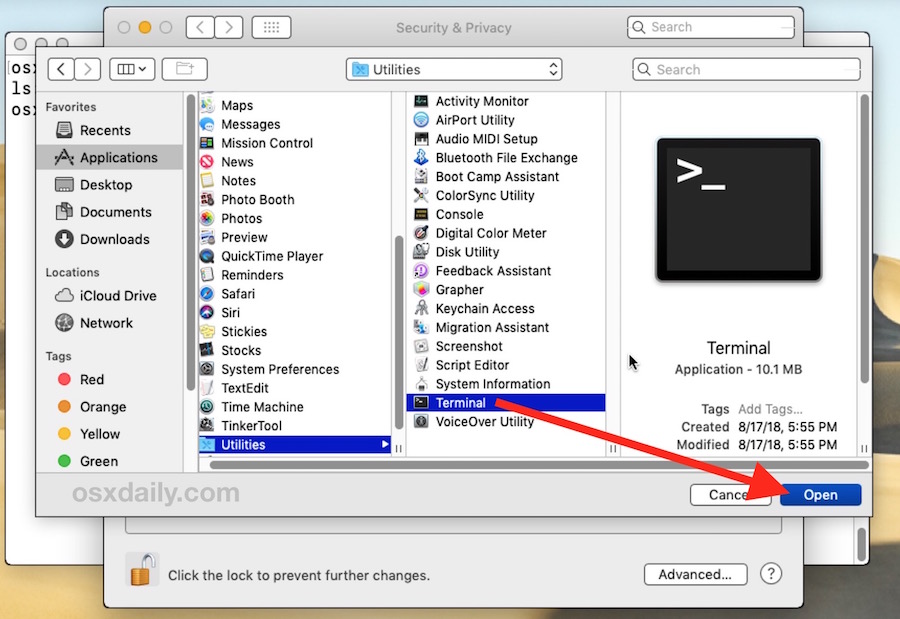Script Editor User Guide
You can use Script Editor to edit scripts in much the same way you use text editors to edit text documents.
If a script was saved as a compiled script, you can open and then edit it by double-clicking its icon (it opens in Script Editor).
I'm looking for a way to create a universal (script) file with these commands. I want to be able to run the file on a Mac just by double-clicking on it or dragging the file over the Terminal icon. I have never done anything like this before. It doesn’t matter if you are Team Light or Team Dark, as dark mode has long been a request from Apple’s Mac user base. Now that it’s here, you can easily skip going into Preferences and switching between either mode thanks to Automator. Create a new document in. I want to write a shell script to run on a Mac OS system that will do something along the lines of the following: SSH into a Linux server (using key authentication) Perform a command on the server via SSH; I would assume it'd be something like this: ssh user@ip -some kind of key auth flag here command -whatever-flags-here.


Note: If a script was saved as an app, double-clicking it runs the script.
In the Finder on your Mac, drag the script’s icon onto the Script Editor icon or window.
Or, in Script Editor, choose File > Open, then select your script.
Edit the script.
You can copy text from another document or webpage and paste it into Script Editor. You can also drag selected text from other apps or text clippings from the Finder into an open window in Script Editor.
AUKEY Knight Gaming Mouse, RGB Wired Gaming Mouse with 10000 DPI, 8 Programmable Buttons, RGB Lighting Effects, Macros, Fire Button Gaming Mice for PC and Mac 4.5 out of 5 stars 140 $29.99. Best wireless mouse for mac pro. The Magic Mouse 2 from Apple is the best gaming mouse for Mac and has gained a lot of attention in the international market because of its simple design with multiple features in an effective way. Simplest design has gained a lot of fans and followers across a word because it increases the appearance without compromising on the performance from.
Click the Compile button to compile the script.
When you compile a script, Script Editor adds indents to help you see the organized structure. Script Editor also applies different styles to different elements in your script.
If there are any errors, the compilation stops, the cursor remains on the line where the error is located, and a dialog gives you information about the error.
Save the script.
About Mac Scripting
Mac Os How To
Scripting allows you to automate complex, repetitive, and time-consuming tasks by writing scripts that interact with apps, processes, and the operating system. A script consists of a series of statements, each of which performs a specific operation. These statements work together to automate tasks. Through scripting, you can create powerful workflow solutions that enhance productivity, reduce errors, save time, and save money.


There are many different scripting languages. On the Mac, the primary ones used for automation are AppleScript and JavaScript.
Note

OS X also includes Automator, an app for building workflows that run prebuilt, configurable actions to perform tasks in apps and throughout the operating system. Automator doesn’t require you to write any code, but can be extended through scripting. Because Automator uses preconceived actions and operates in a linear manner, it’s more limited in functionality than scripting. Automator is great for performing simple tasks involving a small number of sequential steps or apps. Scripting is a better choice for performing advanced, branching, or complex tasks.
Python and Perl are other examples of scripting languages.
AppleScript
AppleScript is a mature scripting language developed by Apple. It’s relatively easy to learn in relation to other scripting and programming languages, has been around since System 7.1, and has been widely adopted in both enterprise and personal workflows. While the AppleScript scripting language uses an English-like terminology which may appear simple, it is a rich, object-oriented language, capable of performing complicated programming tasks.
The core fundamentals of AppleScript are described in AppleScript Language Guide, as well as in numerous third-party books.
JavaScript
JavaScript is a popular cross-platform scripting language. Historically, it’s been most commonly used to implement features on websites and in web-based apps that are accessed through browsers. However, some apps implement JavaScript-based scripting models for the purpose of automation. In OS X 10.10, JavaScript became a peer to AppleScript in OS X. There are many third-party websites and books that document the JavaScript language.
Current Os For Mac
For fundamentals on JavaScript as a scripting language for automation in OS X, see JavaScript for Automation Release Notes. For information about the JavaScript language, see Mozilla’s official JavaScript documentation.
How To Write Scripts For Mac Os Versions
Copyright © 2018 Apple Inc. All rights reserved. Terms of Use | Privacy Policy | Updated: 2016-06-13
